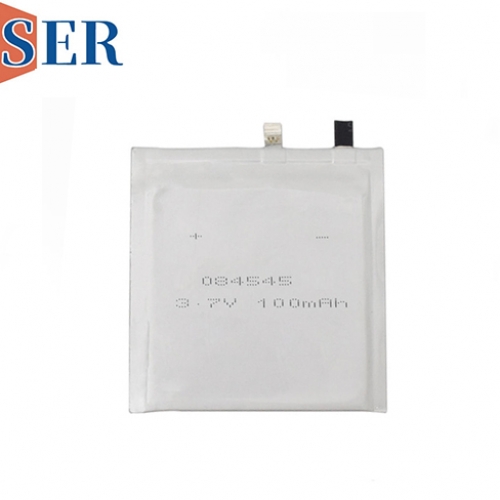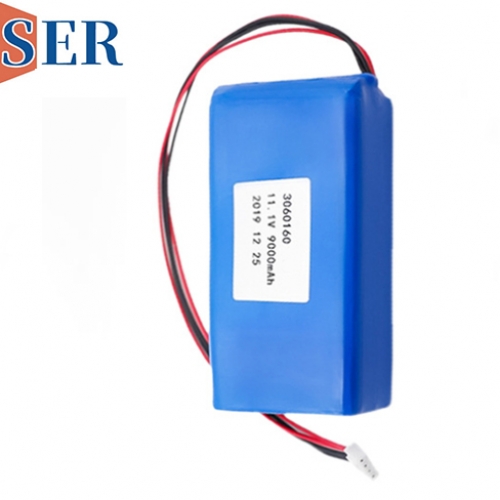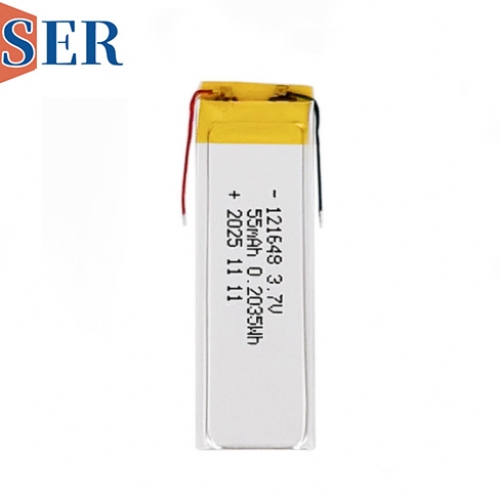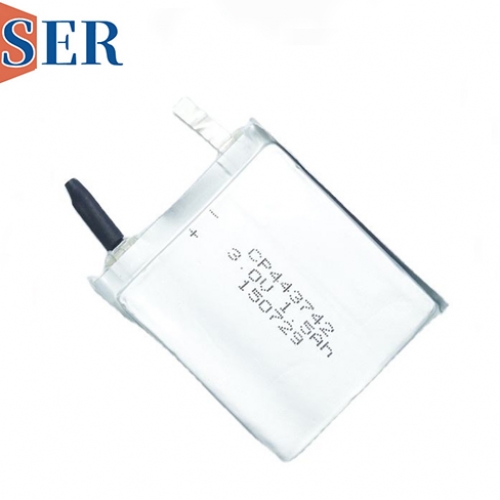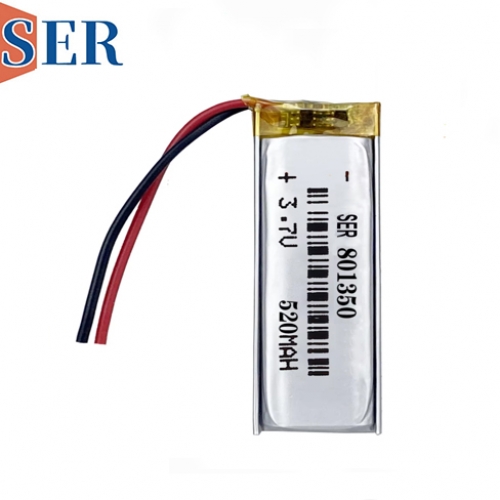Ultra-Thin Batteries: Revolutionizing Power Solutions with Enhanced Safety, Performance, and Customization
Ultra-Thin Batteries: Revolutionizing Power Solutions with Enhanced Safety, Performance, and Customization
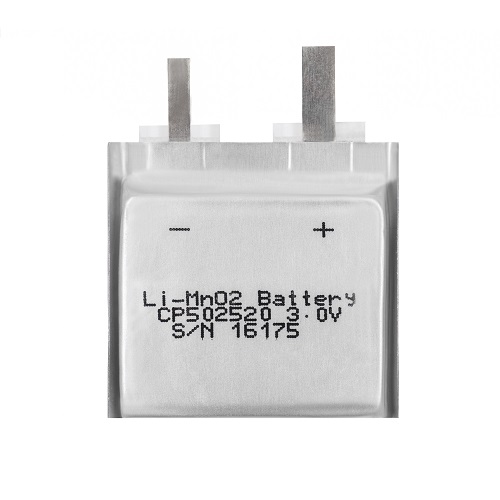
Abstract
In the ever-evolving landscape of portable electronics and IoT devices, the demand for compact, lightweight, and high-performance power sources has never been greater. Ultra-thin batteries, also known as ultra-slim batteries, have emerged as a game-changer, offering a unique combination of safety, high energy density, and customizability. This article delves into the key features of ultra-thin batteries, including their superior safety profile, lightweight design, high capacity, excellent discharge performance, wide operating temperature range, low self-discharge rate, and customizable dimensions. By exploring these characteristics, we aim to highlight the transformative potential of ultra-thin batteries in powering the next generation of innovative devices.
1. Introduction
The rapid advancement of technology has led to the proliferation of sleek, portable electronic devices that demand efficient and reliable power solutions. Traditional battery technologies often struggle to meet the stringent requirements of modern devices, which prioritize miniaturization, weight reduction, and enhanced safety. Ultra-thin batteries address these challenges by leveraging advanced materials and innovative packaging techniques to deliver a superior power solution. This article explores the defining features of ultra-thin batteries and their applications across various industries.
2. Enhanced Safety Features
One of the most significant advantages of ultra-thin batteries is their superior safety profile. Unlike conventional batteries that utilize rigid metal casings, ultra-thin batteries employ aluminum-plastic soft packaging. This design choice eliminates the risk of explosion associated with metal-cased batteries, which can occur due to internal pressure buildup during overcharging, overheating, or physical damage.
Aluminum-Plastic Soft Packaging: The soft packaging of ultra-thin batteries is composed of multiple layers, including an aluminum foil layer for moisture and gas barrier properties, a polymer layer for flexibility, and a heat-sealable layer for sealing. This multi-layer structure not only enhances safety but also improves the battery's resistance to environmental factors.
Pressure Relief Mechanism: In the event of internal pressure increase, the soft packaging can deform slightly, allowing for pressure relief without catastrophic failure. This mechanism significantly reduces the risk of explosion or fire, making ultra-thin batteries ideal for applications where safety is paramount.
3. Lightweight Design
Weight reduction is a critical consideration in the design of portable electronic devices. Ultra-thin batteries offer a substantial weight advantage over traditional metal-cased batteries, making them an attractive choice for manufacturers seeking to enhance device portability.
Weight Reduction: Ultra-thin batteries are approximately 40% lighter than steel-cased batteries of the same capacity. This weight savings translates into longer battery life for end-users, as less energy is required to move the device, and it also contributes to a more ergonomic and comfortable user experience.
Material Efficiency: The use of lightweight materials in the construction of ultra-thin batteries, such as aluminum foil and polymer films, contributes to their overall weight reduction without compromising on performance or safety.
4. High Capacity and Energy Density
Despite their slim profile, ultra-thin batteries offer impressive capacity and energy density, making them suitable for power-hungry applications.
Capacity Advantage: Compared to metal-cased batteries of the same volume, ultra-thin batteries typically provide around 10% higher capacity. This increase in capacity is achieved through optimized electrode design and advanced materials, allowing for more active material to be packed into the limited space.
Energy Density: The high energy density of ultra-thin batteries means that they can store more energy per unit volume or weight compared to traditional battery technologies. This characteristic is particularly valuable in applications where space is at a premium, such as smartwatches, fitness trackers, and medical devices.
5. Excellent Discharge Performance
Ultra-thin batteries are engineered to deliver excellent discharge performance, even under demanding conditions.
High Discharge Rate: For special applications requiring high power output, ultra-thin batteries can achieve discharge rates of 3C or higher. This means that they can discharge their stored energy three times faster than their rated capacity, making them suitable for applications that require rapid energy delivery, such as power tools, drones, and electric vehicles.
Stable Discharge Voltage: Ultra-thin batteries provide a stable discharge voltage over a wide range of discharge currents, ensuring consistent performance throughout the battery's operational life. This stability is crucial for maintaining the functionality and reliability of electronic devices.
6. Wide Operating Temperature Range
The ability to operate reliably across a broad temperature range is another key advantage of ultra-thin batteries.
Extreme Temperature Tolerance: Ultra-thin batteries can function effectively in temperatures ranging from -40°C to 75°C. This wide operating temperature range makes them suitable for use in diverse environments, from cold storage facilities to hot industrial settings.
Performance Consistency: Despite the extreme temperature variations, ultra-thin batteries maintain consistent performance, ensuring that electronic devices can operate reliably in any climate or condition.
7. Low Self-Discharge Rate
Self-discharge is a phenomenon where a battery loses its charge over time, even when not in use. Ultra-thin batteries exhibit a remarkably low self-discharge rate, contributing to their long shelf life and storage stability.
Extended Shelf Life: Ultra-thin batteries can retain up to 80% of their charge after eight years of storage. This extended shelf life is particularly beneficial for applications where batteries may be stored for extended periods before use, such as in emergency backup systems or military equipment.
Reduced Maintenance Costs: The low self-discharge rate of ultra-thin batteries reduces the need for frequent battery replacements, thereby lowering maintenance costs and improving operational efficiency.
8. Customizable Dimensions
One of the most appealing features of ultra-thin batteries is their customizability. Manufacturers can tailor the dimensions of ultra-thin batteries to meet the specific requirements of their devices.
Flexible Form Factor: Ultra-thin batteries can be manufactured in various shapes and sizes, including rectangular, circular, and custom polygonal forms. This flexibility allows for seamless integration into devices with unique design constraints.
Optimized Space Utilization: By customizing the dimensions of ultra-thin batteries, manufacturers can optimize space utilization within their devices, leading to more compact and efficient designs. This is particularly valuable in applications where every millimeter counts, such as in wearable technology and miniature medical implants.
9. Applications of Ultra-Thin Batteries
The unique combination of safety, lightweight design, high capacity, excellent discharge performance, wide operating temperature range, low self-discharge rate, and customizability makes ultra-thin batteries ideal for a wide range of applications.
9.1. Wearable Technology
Smartwatches, fitness trackers, and augmented reality (AR) glasses are just a few examples of wearable devices that benefit from ultra-thin batteries. The slim profile and lightweight design of these batteries enable manufacturers to create sleek, comfortable devices that users can wear for extended periods without discomfort.
9.2. Medical Devices
Ultra-thin batteries are also finding applications in the medical field, where they power devices such as hearing aids, pacemakers, and implantable sensors. Their small size, high energy density, and long shelf life make them ideal for these critical applications, where reliability and safety are of utmost importance.
9.3. IoT Devices
The Internet of Things (IoT) is driving the demand for compact, low-power devices that can communicate wirelessly. Ultra-thin batteries are well-suited for powering IoT devices such as smart home sensors, environmental monitors, and asset tracking tags. Their long shelf life and low self-discharge rate ensure that these devices can operate reliably for extended periods without the need for frequent battery replacements.
9.4. Consumer Electronics
From Bluetooth headphones to portable gaming consoles, ultra-thin batteries are powering a new generation of consumer electronics. Their lightweight design and high capacity contribute to longer battery life and improved user experience, making them a popular choice among manufacturers and consumers alike.
10. Technological Innovations Driving Ultra-Thin Battery Development
The continued advancement of ultra-thin battery technology is being driven by several key innovations:
10.1. Advanced Electrode Materials
Research into new electrode materials, such as silicon anodes and high-voltage cathodes, is enabling ultra-thin batteries to achieve higher capacities and energy densities. These materials offer improved electrochemical performance, allowing for more efficient energy storage and delivery.
10.2. Thin-Film Deposition Techniques
The development of thin-film deposition techniques, such as physical vapor deposition (PVD) and chemical vapor deposition (CVD), is facilitating the production of ultra-thin electrodes and separators. These techniques enable precise control over layer thickness and composition, leading to improved battery performance and reliability.
10.3. Solid-State Electrolytes
Solid-state electrolytes are emerging as a promising alternative to traditional liquid electrolytes in ultra-thin batteries. They offer improved safety, higher energy density, and longer cycle life, making them an attractive choice for next-generation battery technologies.
10.4. Battery Management Systems (BMS)
The integration of advanced battery management systems (BMS) is enhancing the performance and safety of ultra-thin batteries. BMS technologies monitor battery state, balance cell voltages, and protect against overcharging, overheating, and other potential hazards, ensuring optimal performance and longevity.
11. Challenges and Future Outlook
Despite their many advantages, ultra-thin batteries face several challenges that must be addressed to realize their full potential.
11.1. Cost
The production of ultra-thin batteries often involves complex manufacturing processes and the use of advanced materials, which can drive up costs. Reducing production costs through economies of scale and process optimization is essential for making ultra-thin batteries more accessible to a wider range of applications.
11.2. Scalability
Scaling up the production of ultra-thin batteries to meet the growing demand of the electronics industry is another challenge. Ensuring consistent quality and performance across large production volumes requires rigorous quality control measures and advanced manufacturing technologies.
11.3. Environmental Impact
While ultra-thin batteries offer several environmental benefits, such as reduced weight and improved energy efficiency, their production and disposal can still have an environmental impact. Developing sustainable manufacturing processes and recycling technologies is crucial for minimizing the environmental footprint of ultra-thin batteries.
11.4. Future Outlook
Looking ahead, the future of ultra-thin batteries appears bright. Continued research and development efforts are expected to lead to further improvements in battery performance, safety, and cost-effectiveness. As the demand for compact, lightweight, and high-performance power solutions continues to grow, ultra-thin batteries are poised to play a pivotal role in powering the next generation of innovative devices.
12. Conclusion
Ultra-thin batteries represent a significant advancement in battery technology, offering a unique combination of safety, lightweight design, high capacity, excellent discharge performance, wide operating temperature range, low self-discharge rate, and customizability. These characteristics make them ideal for a wide range of applications, from wearable technology and medical devices to IoT devices and consumer electronics. As the electronics industry continues to evolve, ultra-thin batteries are set to become an indispensable power solution, driving innovation and enabling the development of more compact, efficient, and reliable devices. By addressing the challenges associated with cost, scalability, and environmental impact, the future of ultra-thin batteries looks promising, with the potential to revolutionize the way we power our world.

